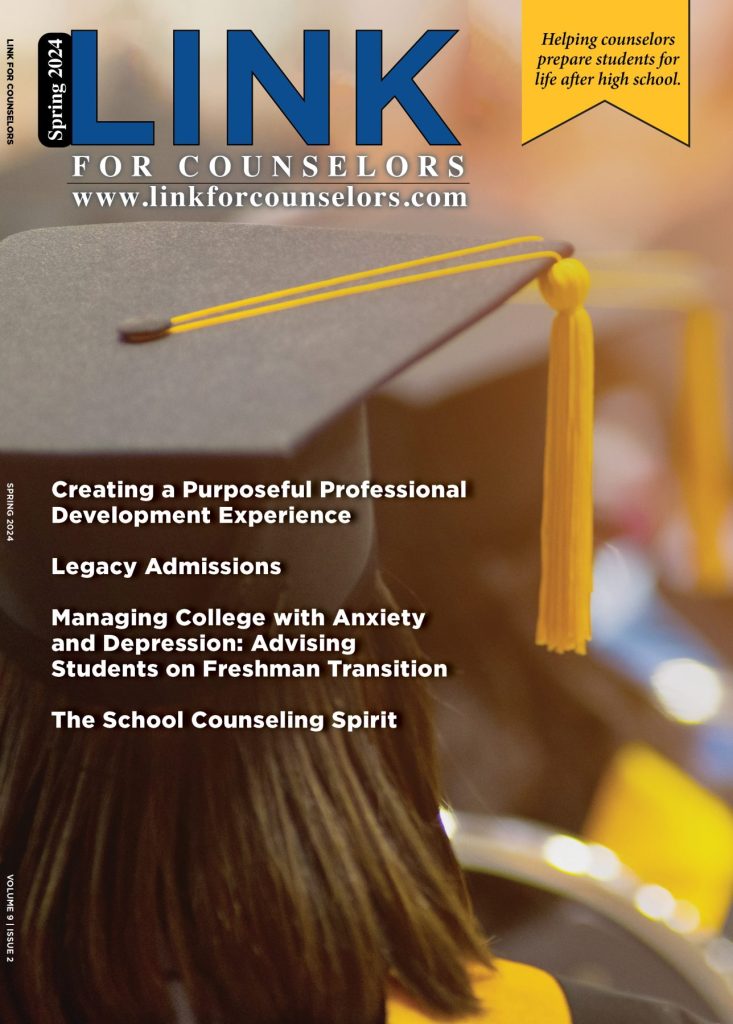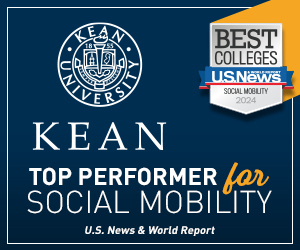How Colleges know what your students can afford (and the limits to that tactic)
Last year, Kelly Jordan, vice president for student affairs at Holy Cross College in South Bend, Ind., accidentally sent an email to the entire student body declaring that the small Catholic college was on the brink of financial ruin.
“It may be that I will spend the better part of the coming year closing down the college,” Mr. Jordan wrote, in what was supposed to be a “strictly confidential” message to the administrator of an Indiana boarding school where Mr. Jordan hoped to get work.
Holy Cross leaders quickly announced that Mr. Jordan was departing and that they had a robust plan for the future. But Holy Cross has serious financial troubles, and it is not alone. A handful of small private colleges have gone under in recent years, and dozens more have seen their credit ratings downgraded. The underlying financial weakness of private colleges is a nationwide problem, according to a new report from the National Association of College and University Business Officers. And by one important measure, it is worse than ever.
The association tracks the average tuition “discount rate” at private colleges and universities — that is, the difference between the “sticker price” that colleges advertise and the actual price they charge students, after subtracting scholarships granted by the colleges themselves. If, for example, the sticker price is $50,000, but the average student pays $30,000, the discount rate is the difference ($20,000) divided by the sticker price ($50,000), or 40 percent.
In the 2005-06 academic year, the average freshman discount rate at private colleges was 38 percent. It has increased every year since, rising to a high of 49.1 percent last fall.
At many schools, the sticker price is close to meaningless — fewer than 10 percent of students at small private colleges nationwide pay full price. Tuition revenue per student at those colleges increased by only 0.2 percent last year. The costs of running colleges like Holy Cross, Mr. Jordan explained, “have become far greater (especially in the last 5-7 years) than the revenue that can be generated from the small number of students who can afford to attend.”
The discount rate at Sweet Briar College in Virginia increased to 62 percent from 48 percent over six years before administrators tried to close it in 2015.
This decline in pricing power has several causes. There are fewer paying customers — overall college enrollment peaked around 2011, as the wave of baby boomers’ children crested. Middle- and working-class households continue to struggle, leaving less money to pay tuition bills.
The steadily increasing discount rate also suggests that a popular strategy for optimizing college revenues is running out of steam.
Take Economics 101 and you’ll encounter a concept called price discrimination. It works like this: In any market for goods and services — apples, Xboxes, college tuition — there is a range of prices that customers are willing to pay. As a rule, there will be a small number of people willing to pay a lot of money (billionaires who really love apples), a large number of people willing to pay a little money (poor people who prefer pears), and some other numbers in between.
These preferences converge when the number of people who want to buy something at a given price is the same as the number of items the company wants to sell at that price. This is the market price.
But companies don’t want to sell all of their product at the market price. Instead, they want to find the fruit-loving billionaire and sell him an apple for the most he’s willing to pay. Then they want to find the next most apple-craving rich person on the demand curve, and then the next, selling each apple for a different price — that is, discriminating the price. This brings in a lot more money than selling all the apples for the same, market price.
Price discrimination is all but impossible for actual apples, because they are an inexpensive commodity. It’s easier when the product is scarce and the market is complicated. Take airplane trips. There are a limited number of seats on airplanes, they’re expensive, and people want to buy them for complex reasons. Airlines take advantage of this to price-discriminate, in two ways.
First, they create business- and first-class cabins. In theory, the larger price is for better service: free drinks, bigger seats, flight attendants who aren’t mean. But first class is also just an excuse to get people who were already willing to pay more — because they’re rich, or their company is footing the bill, or they really love flying — to pay that full amount.
The next thing airlines do is gather information about you, to better estimate how much they can charge. Airlines know, for example, that certain itineraries suggest business travel, and that last-minute fliers are willing to pay more than people planning months in advance.
Airline pricing is also purposefully opaque. Two adjacent seats on the same flight can vary in price by hundreds of dollars, and no traveler is the wiser. Airlines use supercomputers to constantly tweak and optimize their price discrimination. Getting it right can be the difference between turning a profit and going under.
College tuition discount rates are increasing because many colleges have spent the last several decades getting better at price discrimination. Like airline seats, spots in traditional residential college classes are finite and expensive. Most colleges want to enroll only a certain number of students every year, particularly when smallness, intimacy and community are what they’re selling.
Like airlines, colleges don’t want to sell each student slot for the same market price. Instead, they want to find the rich student with her heart set on that college and charge her parents a lot of money, then find the next person on the demand curve, and the next. So they set tuition high and start discounting. There is a whole industry of expensive consultants who advise colleges on how to do this, using some of the same theories employed by airlines.
It’s hard for colleges to create a first-class cabin for just their rich students — although students in boring work-study jobs are arguably taking a kind of steerage journey through their college years. The most important strategy for collegiate price discrimination is gathering information about whoever is paying the bills.
If you’ve ever filled out a college financial aid form, you may have noticed that colleges ask for detailed financial information on par with what’s required in a contested divorce proceeding or a Senate confirmation. Colleges say this is necessary to calculate the “best” financial aid package for each student. They actually want to find the price that is best for the college, in the sense of charging the most parents can bear.
Sure, there are societal benefits to this approach. It means that wealthier families pay more and others less. But there’s a profound problem with price discrimination. Once you charge every customer exactly the most they’re willing to pay, there’s nowhere else to go.
Many small colleges have used price discrimination to avoid the more difficult work of changing their underlying cost structures. (Holy Cross announced this week that it’s selling half of its 150 acres to the nearby University of Notre Dame.) A good tuition and marketing strategy can allow a savvy provost to postpone for a few more years a contentious argument with the faculty about pension costs and tenure, or make up for the fact that there just aren’t as many students out there, and they have less money to pay.
The steadily growing tuition discount rate suggests that the price discrimination payoff is in decline. If you increase your tuition by $100, but have to increase your average discount by $100, you’re no better off. Price discrimination could have been a time-limited strategy that allowed small private colleges to cut costs, develop new programs and use information technology to reach new markets. But for a growing number, it was a way to put off a day of reckoning that now seems to have arrived.




